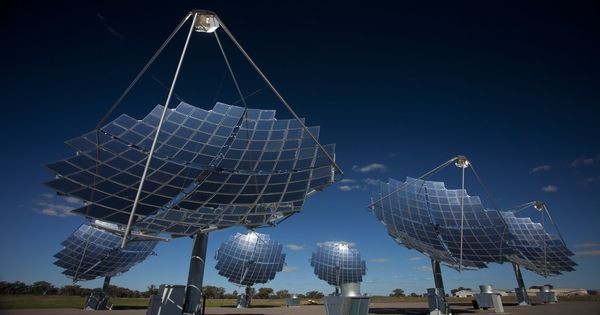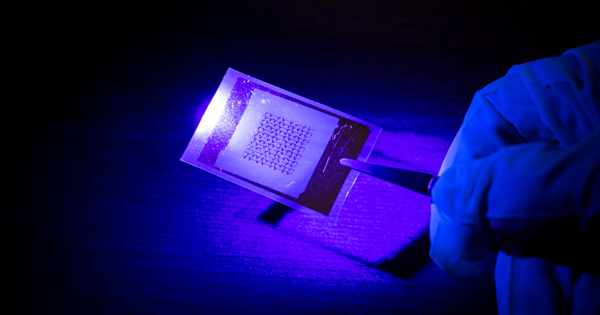Concentrator photovoltaics (CPV) is a technology that uses optical devices like lenses or mirrors to focus sunlight on high-efficiency solar cells. It is a photovoltaic technique that produces power from sunshine. Unlike traditional photovoltaic systems, it uses lenses or curved mirrors to direct sunlight to small, extremely efficient multi-junction (MJ) solar cells. CPV systems are more efficient than typical photovoltaic systems because they concentrate sunlight into a smaller area of solar cells. Furthermore, solar trackers and, in rare cases, a cooling system are commonly used in CPV systems to improve efficiency.
High-concentration photovoltaic (HCPV) systems have the highest efficiency of any existing PV technology, hitting up to 40% for manufacturing modules and 30% for systems. They enable a smaller photovoltaic array, which has the potential to reduce land use, waste heat and material, and overall system costs. Annual CPV installations peaked in 2012 and have declined to near-zero levels since 2018, owing to faster price drops in crystalline silicon photovoltaics. In 2016, cumulative CPV installations totaled 350 megawatts (MW), accounting for less than 0.2% of global installed capacity of 230,000 MW that year.
The key components of a CPV system include:
- Optical concentrators: These can be lenses or mirrors that focus sunlight onto a small area of solar cells. They are designed to efficiently capture and concentrate sunlight.
- High-efficiency solar cells: CPV systems typically use multi-junction solar cells, which are made of several layers of semiconductor materials. These cells can convert a larger portion of the solar spectrum into electricity compared to traditional silicon solar cells.
- Cooling systems: Since CPV systems concentrate sunlight onto a small area, they can generate a significant amount of heat. Cooling systems are often used to dissipate this heat and maintain the efficiency of the solar cells.
- Tracking systems: CPV systems require precise tracking of the sun to ensure that sunlight is consistently focused onto the solar cells throughout the day. Tracking systems may use mechanical trackers or software-controlled systems to follow the sun’s path.
CPV technology offers several advantages, including:
- Higher efficiency: By concentrating sunlight onto high-efficiency solar cells, CPV systems can achieve higher conversion efficiencies compared to traditional photovoltaic systems.
- Reduced semiconductor usage: Since CPV systems use smaller solar cells, they require less semiconductor material, which can reduce costs.
- Better performance in high-temperature environments: CPV systems are more efficient at high temperatures than typical photovoltaic systems, which lose efficiency in hot regions.
However, CPV technology has several obstacles, including greater upfront costs due to the need for precision optics and tracking systems, as well as worries about dependability and endurance. Despite these challenges, CPV technology is being explored and developed for use in utility-scale solar power facilities, particularly in areas with high levels of direct sunlight.















